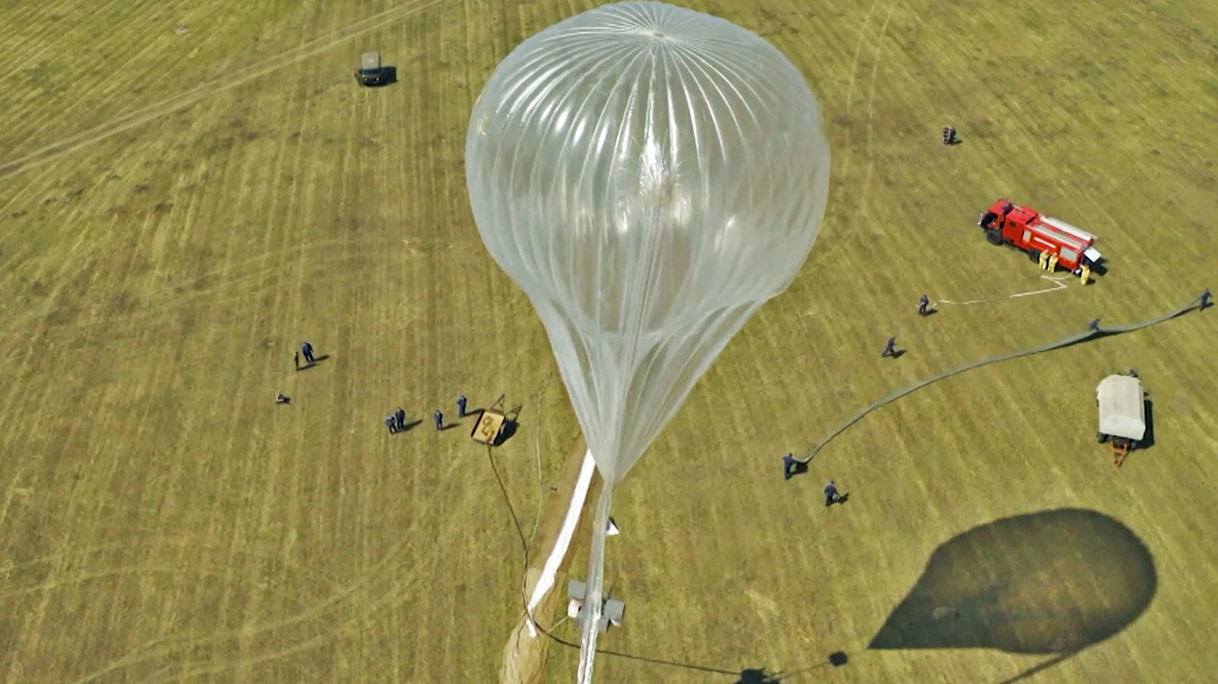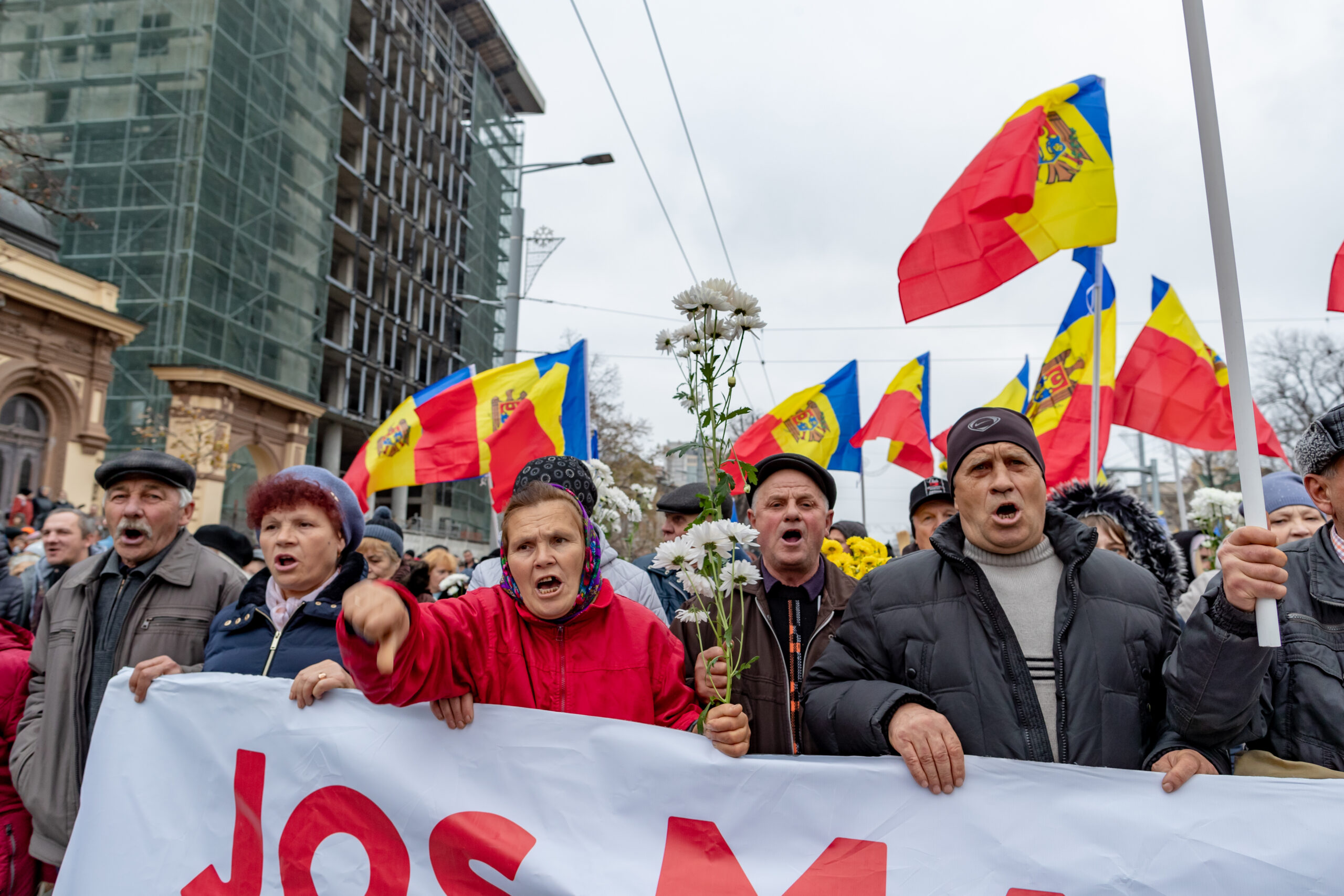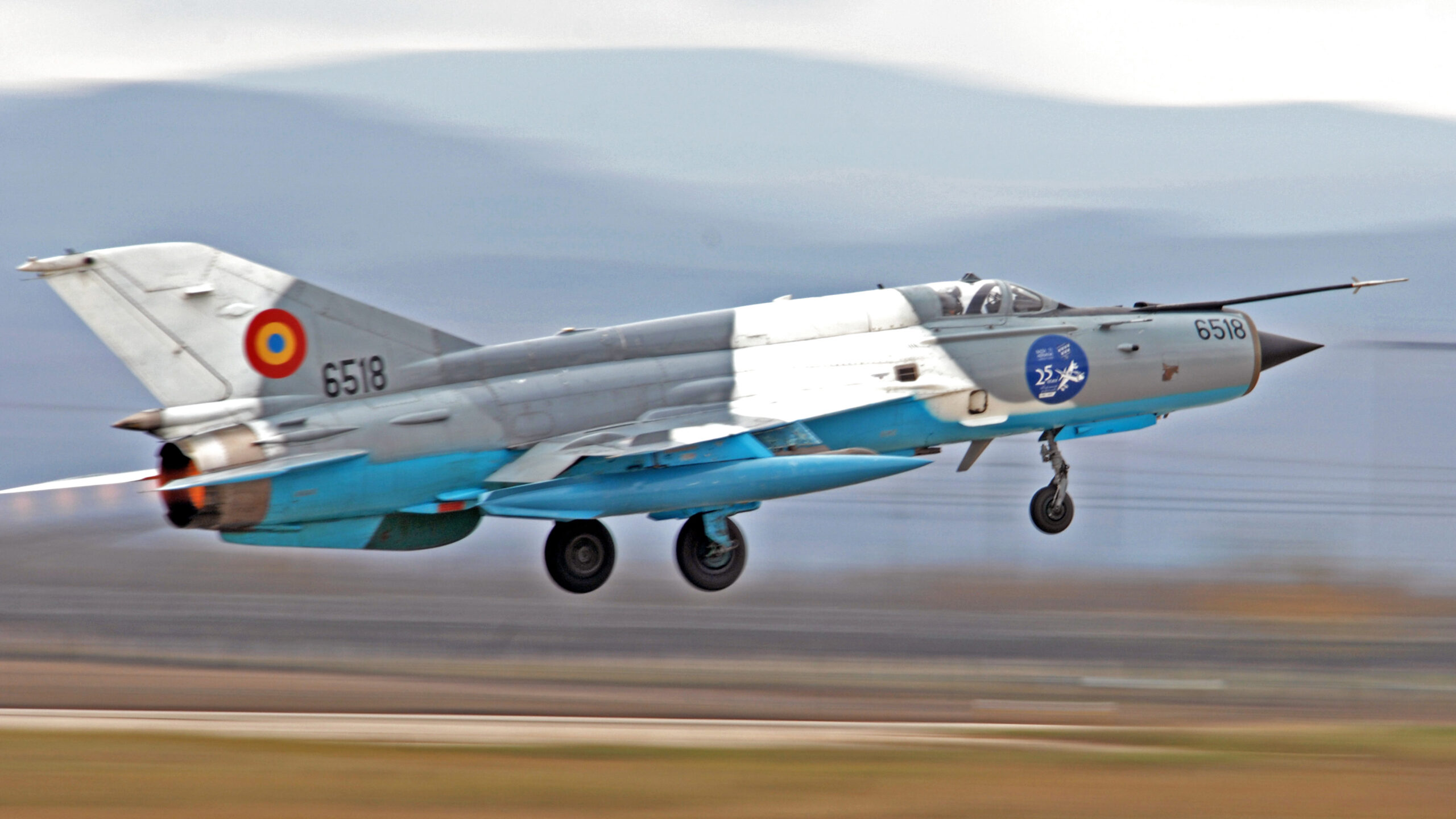Moldova briefly closed down its airspace earlier today, following reports of what was described as a balloon-like object over the country, close to the border with Ukraine. The incident came less than 24 hours after Moldova accused the Kremlin of plotting to bring down its government and amid reports that Russia is making use of decoy balloons launched over Ukraine, to confuse its radars. At the same time, much of the North American news cycle, at least, is gripped by coverage of high-altitude surveillance balloons and other unidentified aerial objects.
Moldova’s civil aviation authority said that it took the decision to close the country’s airspace after receiving a report from the defense ministry that a small object had been seen over the north of the country. The object was described as being similar in appearance to a weather balloon and an unverified video shows what looks like a metallic, highly reflective object glinting in the sunlight.
“Given the weather conditions and the impossibility of observing and identifying the object and its flight path,” Moldovan airspace was closed, the civil aviation authority said in a statement. Once it was determined that no threat existed, the airspace was reopened after 1 hour and 22 minutes.
Eurocontrol, which manages Europe’s airspace, said that Moldovan airspace had been temporarily closed due to security issues.
Moldova’s neighbor Romania also reported that it had detected a small weather balloon in its airspace today, and it scrambled two MiG-21 Lancer fighter jets (as seen at the top of this story) to investigate. The pilots were unable to confirm whether the object was still there. Moldova, unlike Romania, no longer operates any combat aircraft, with just a handful of transports and helicopters currently in use.
The precise nature of the aerial object remains unclear at this stage.
However, the incident comes hot on the heels of reports from Ukraine that Russia is now making use of balloons fitted with radar reflectors to confuse Ukrainian radar systems. The Ukrainian Armed Forces recently claimed that several of these balloons had been brought down by its air defense systems ahead of an attack by Russian-operated, Iranian-supplied Shahed-type ‘kamikaze’ drones.
Russian use of military balloons in the Ukrainian conflict is an area that has been little touched upon, although, as we have recently explored, the Russian Armed Forces have a wide variety of balloons of different sizes and roles available to them. Ukraine, too, is known to have stocks of Soviet-era military balloons of different types, although their current status is much less clear.

Whatever the object over Moldova was, it’s not the first time that there have been reports of airspace violations in recent days. On February 10, Moldova said that a Russian Kalibr cruise missile passed through its airspace while heading toward a target in Ukraine. Moldova summoned the Russian ambassador to lodge a formal protest.
Also unclear is whether the latest incident is in any way related to growing tensions between Moldova and Russia, which have been exacerbated by Moscow’s invasion of Ukraine.
Moldova’s President Maia Sandu yesterday accused Russia of plotting to remove the country’s pro-European Union (EU) government, including engaging foreign saboteurs to make this happen. This is the latest in a line of concerns about Moscow’s alleged intentions toward the former Soviet republic.

“The Kremlin’s attempts to bring violence to Moldova will not work,” Sandu told reporters. “Our main goal is the security of citizens and the state. Our goal is peace and public order in the country.”
The Kremlin moved quickly to deny the claim with a statement from the Russian Foreign Ministry declaring: “Such claims are completely unfounded and unsubstantiated.”
The United States has said that claims of a plot against the Moldovan government have not been independently confirmed but the White House National Security spokesperson John Kirby said such measures were “certainly not outside the bounds of Russian behavior.”
Last week, meanwhile, similar concerns had been put forward by Ukraine’s President Volodymyr Zelensky, speaking to EU leaders. He said that Ukraine had recently uncovered a Russian intelligence plan “for the destruction of Moldova.” Stability in the country then took a further blow, when the beleaguered government handed in its resignation to President Sandu last Friday, amid ongoing economic turmoil.
President Sandu also accused Moscow of a previous attempt to take control of her country’s government, last fall. On that occasion, she said, the local security forces prevented a Russian attempt to seize control of the country, in which pro-Moscow factions were using protests about rising energy prices to bring down the government.

Russia has long watched with concern as Moldova becomes increasingly pro-Western and takes a dim view of its current aspirations to join the EU. Russia considers it has a stake in the future of the country, expressed most clearly through the presence of Russian troops in Transdniestria, a breakaway pro-Russian region of Moldova that also borders Ukraine.
As Moldova continues to struggle with its economy, driven in part by its reliance on Russia and Ukraine for energy, protests have become more regular. The Moldovan government is now blaming Russia for exacerbating these protests as an attempt to further destabilize the government and replace it with what President Sandu said would be an “illegal government controlled by the Russian Federation.”
Whatever is going on behind the scenes, Moldova finds itself at a critical crossroads, and its proximity to both Russia and Ukraine means that it’s very much a potential flashpoint in Eastern Europe. With tensions already high, incidents such as today’s reported airspace incursion provide a reminder of the serious underlying issues at play.
Contact the author: thomas@thedrive.com
